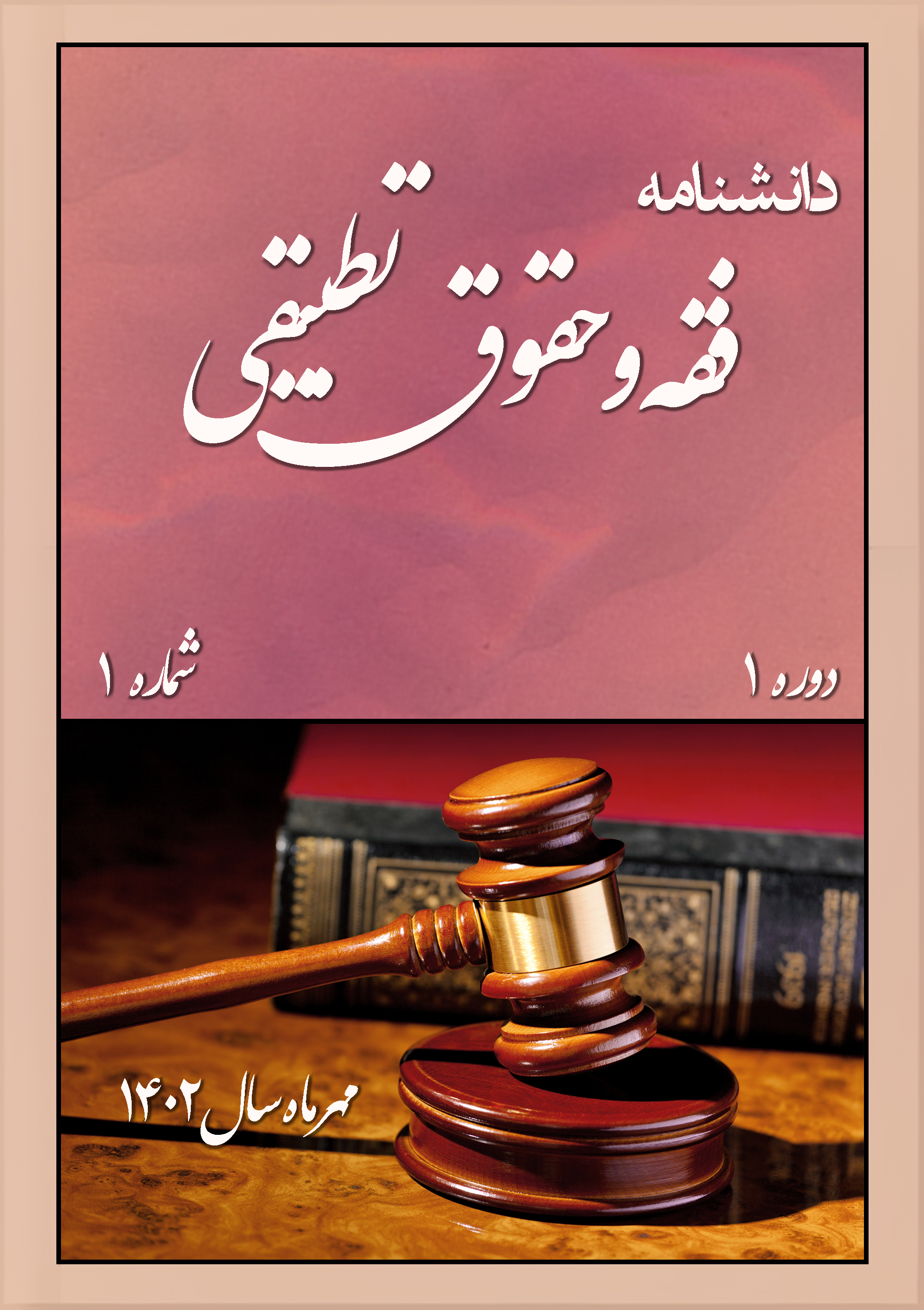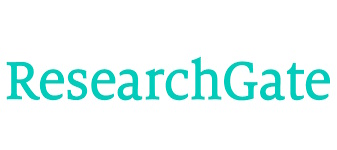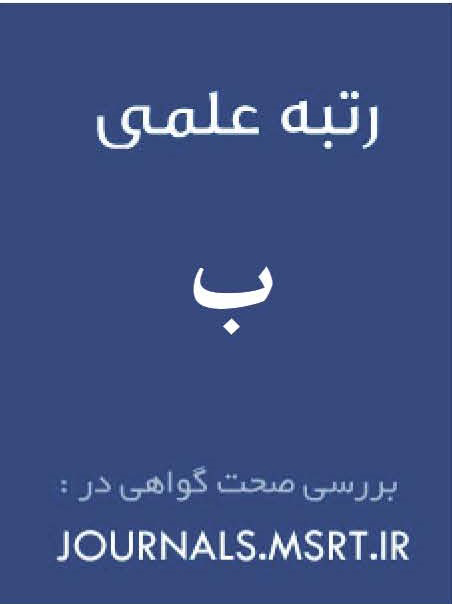جایگاه عدالت در حکمرانی مطلوب: مطالعه موردی جمهوری اسلامی ایران
کلمات کلیدی:
حکمرانی مطلوب, قانون اساسی, عدالت, جمهوری اسلامیچکیده
حکمرانی مطلوب یک مدل حکمرانی نوین مبتنی بر دغدغههای حقوق بشری و احترام به دموکراسی، شفافیت، پرهیز از فساد اداری و توجه به مشارکت عمومی است. یکی از مؤلفههای بارز حکمرانی مطلوب، عدالت محوری است که بر مبانی کرامت انسانی استوار است. در پژوهش حاضر به بررسی عدالتخواهی بهعنوان وجه مشترک الگوهای جدید حکمرانی خوب، حکمرانی اسلامی و الگوی حکومتی جمهوری اسلامی پرداختهشده است. برای گردآوری اطلاعات از منابع اینترنتی و کتابخانهای استفاده شده است. در این پژوهش از روش تحلیلی- تبیینی برای پیشبرد کار استفاده شده است. در روند پژوهش مشخص شد که عدالت، اگرچه در سیستمهای سنتی حکومت در بسیاری از موارد در عمل نادیده گرفته میشد، اما حتی این حکومتهای ناعادل هم ازلحاظ نظری جایگاه خاصی برای مسئلهی عدالت قائل میشدند. حال که نوبت به الگوهای جدید و مطلوب حکمرانی میرسد، میتوان اذعان داشت که نظام جمهوری اسلامی، بهعنوان نظامی برخاسته از شریعت مقدس اسلامی و داعیهدار عدالت، یکی از الگوهای حکمرانی مطلوب بهشمار میرود. البته تفاوت آن با دیگر الگوهای حکمرانی مطلوب در اسلامی بودن آن است که بر محور عدل قرآنی و حکومت علوی بنیاد نهاده شده است.
دانلودها
مراجع
Akhwan Kazemi, B. (2002). Justice in the Islamic political system. Islamic Culture and Thought Research Institute.
Emami, M., & Shakeri, H. (2017). A brief overview of good governance and human rights. Human Rights Quarterly, 12(1), 23.
Faghfoori, H. (2010). Investigating the obstacles and problems of implementing effective internal controls in executive bodies Islamic Azad University, Science and Research Branch]. Tehran.
Ghosh, R. N. (1999). Good governance issues and sustainable development: The Indian Ocean region. Atlantic Publishers & Dist.
Hadavand, M. (2005). Good governance, development and human rights. Fundamental Rights Journal(40).
Hedavand, M. (2017). An introduction to the general theory of administrative act reparability. Public Law Studies Quarterly, 18(54).
Hedavand, M., & Sarzaeem, A. (2016). Realizing the role of government in the economy. Legal Information Quarterly(19).
Kamali, Y. (2009). What is good governance? Tadbir Monthly(206).
Kaul, J. L., & Sinha, M. K. (2008). Human Rights and Good Governance: National and International Perspectives. Satyam Law International.
Mohseni, F., & Farajpour Asl Marandi, A. A. (2012). The principle of the rule of law in Iran's judicial system. Islamic Government Quarterly, 18(2), 68.
Pourezzat, A. D. (2010). The coordinates of Haqmadar's rule in the light of Imam Ali's Nahj al-Balagha. Scientific and Cultural.
Rose, J. (2004). The rule of law in the western world: An overview. Journal of Social Philosophy, 35(4). https://doi.org/10.1111/j.1467-9833.2004.00245.x
Sameti, M., Ranjbar, H., & Mohseni, F. (2011). Analyzing the impact of good governance indicators on the Human Development Index: A case study of Southeast Asian countries. Growth and Economic Development Research Quarterly, 1(4).
Sardarnaba, K. (2016). Governance in Iran; pathology and presentation of strategies. Strategic Development Quarterly(49).
Shaari, P., & Azinfar, K. (2007). Accounting information systems and internal controls. Accounting Monthly(184).
Singh, B. (2007). The Talibanization of Southeast Asia: Losing the war on terror to Islamist extremists. Greenwood Publishing Group. https://doi.org/10.5040/9798216022329
Vizheh, M. R. (2011). Oversight by constitutional protection authorities in ensuring legislative transparency. Legal Studies Journal, 10(19).
Yazdani Zenouz, H. (2009). Examining the role of transparency in achieving good governance. Journal of Public Law(5).
Zarei, M. H. (2004). Good governance, sovereignty, and government in Iran. Legal Research Quarterly(40).
Zayandeh Roudi, M. (2017). Investigating the impact of good governance indicators on income distribution using panel data (case study: selected countries in Southwest Asia). Economic Research Quarterly, 17(3).
دانلود
چاپ شده
ارسال
بازنگری
پذیرش
شماره
نوع مقاله
مجوز
حق نشر 2025 محمد مدیرروستا (نویسنده); فرامرز عطریان; علیرضا انصاری مهیاری (نویسنده)

این پروژه تحت مجوز بین المللی Creative Commons Attribution-NonCommercial 4.0 می باشد.









